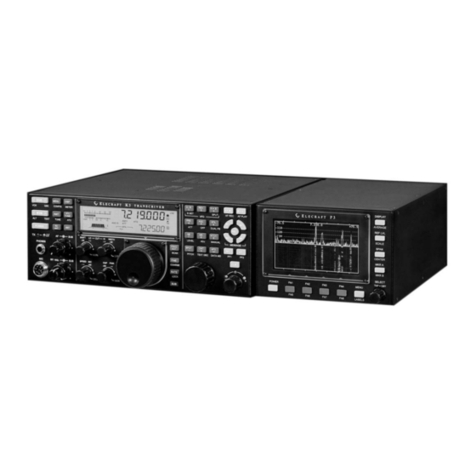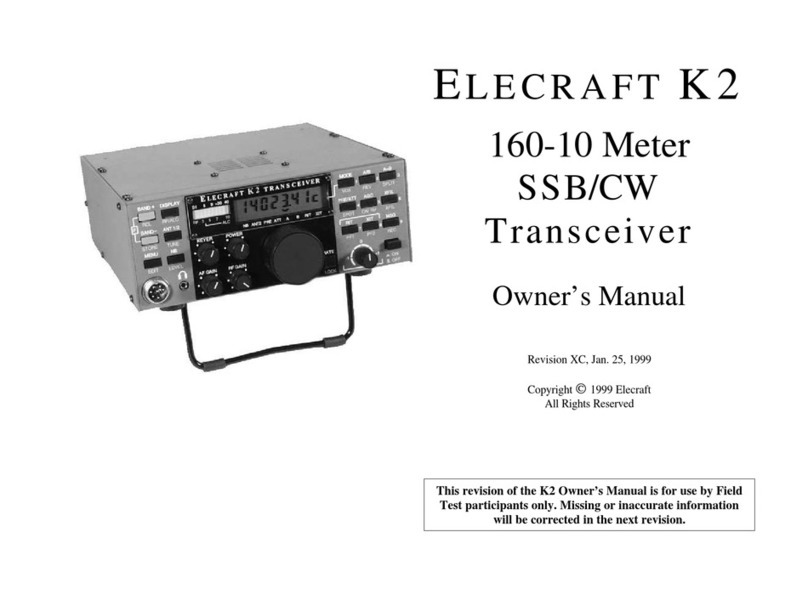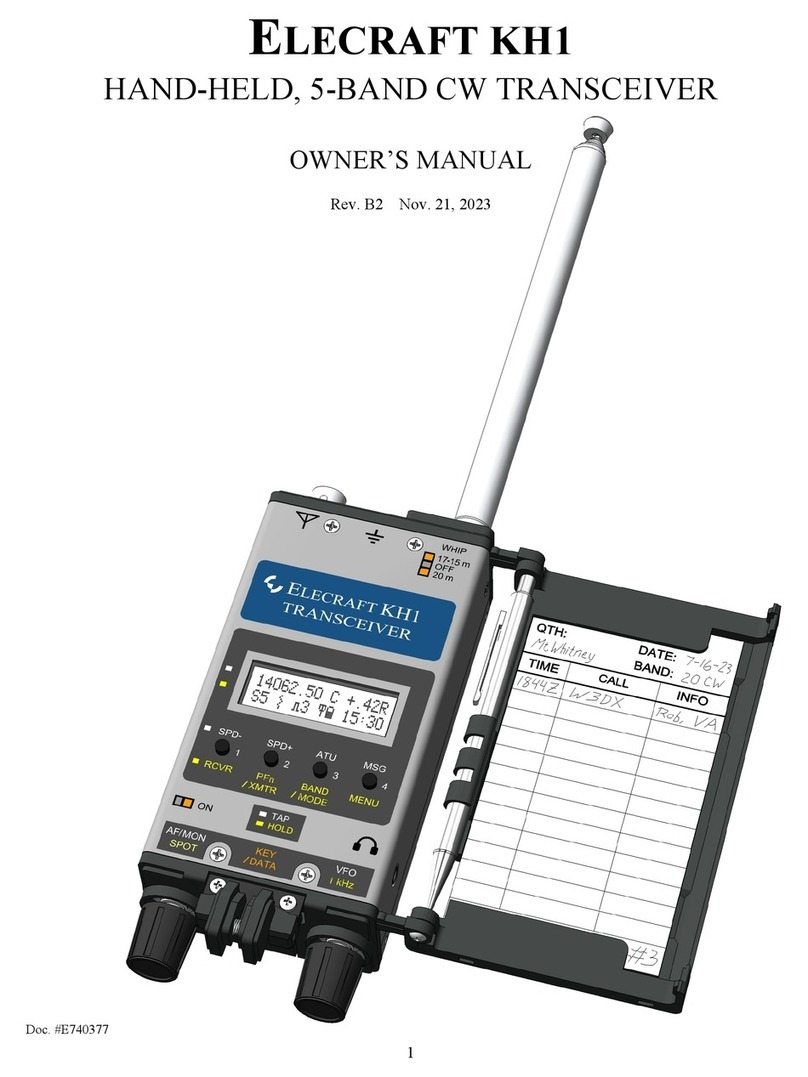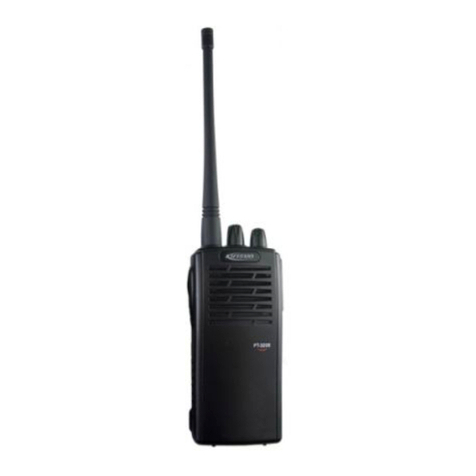ELECRAFT K2 Operating instructions
Other ELECRAFT Transceiver manuals

ELECRAFT
ELECRAFT K3S User manual
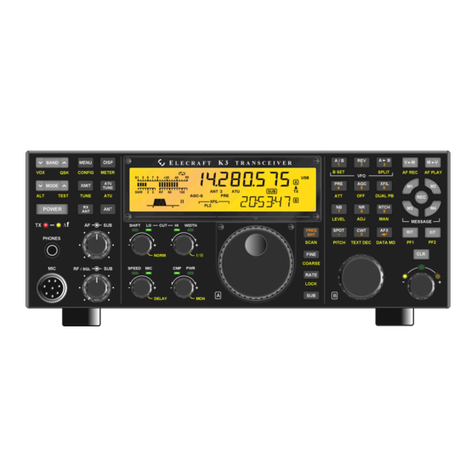
ELECRAFT
ELECRAFT K3 User manual
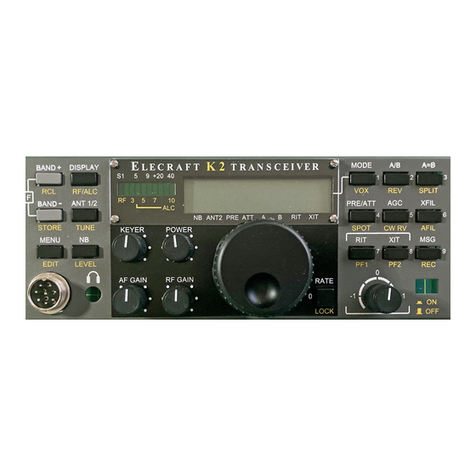
ELECRAFT
ELECRAFT K2 User manual
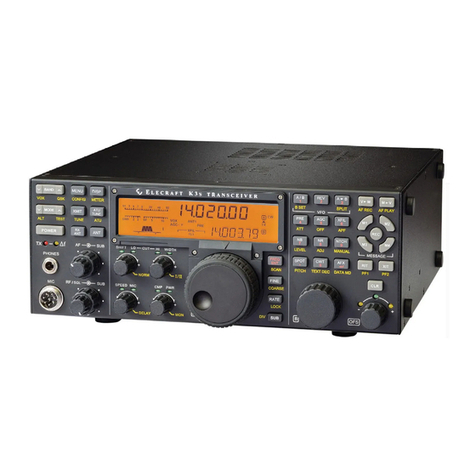
ELECRAFT
ELECRAFT K3S User manual

ELECRAFT
ELECRAFT K3 User manual
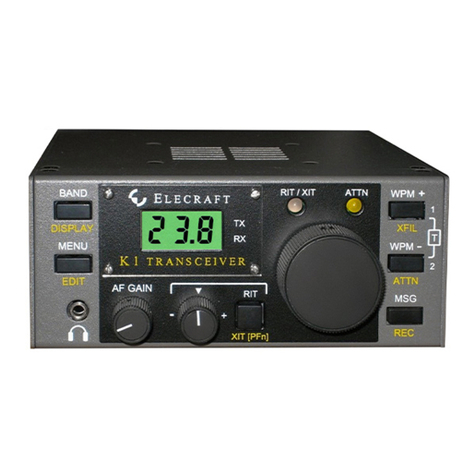
ELECRAFT
ELECRAFT K1 User manual
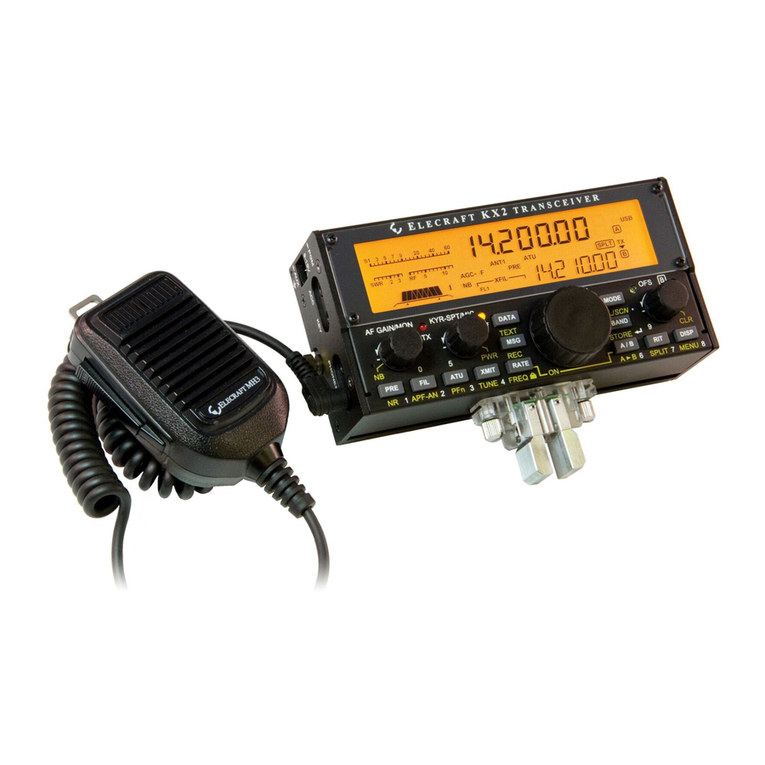
ELECRAFT
ELECRAFT KX2 User manual

ELECRAFT
ELECRAFT K1 User manual

ELECRAFT
ELECRAFT K3 User manual

ELECRAFT
ELECRAFT KX3 User manual
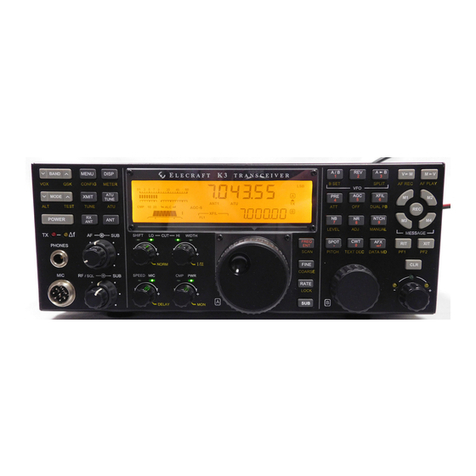
ELECRAFT
ELECRAFT KPA3 User manual

ELECRAFT
ELECRAFT K3 User manual

ELECRAFT
ELECRAFT K3 User manual

ELECRAFT
ELECRAFT K3 User manual

ELECRAFT
ELECRAFT KX3 Operating instructions

ELECRAFT
ELECRAFT K2 User manual
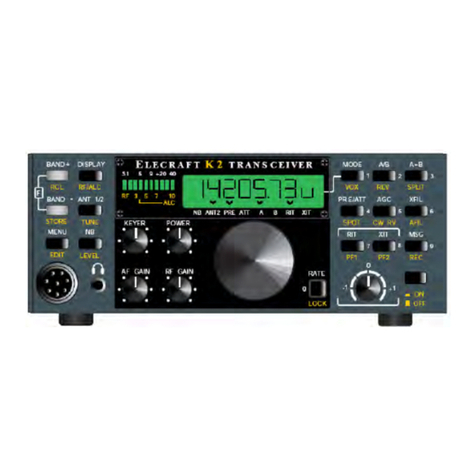
ELECRAFT
ELECRAFT K2 SSB User manual
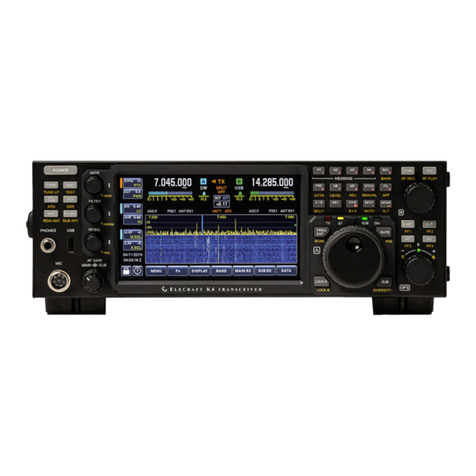
ELECRAFT
ELECRAFT K4 User manual
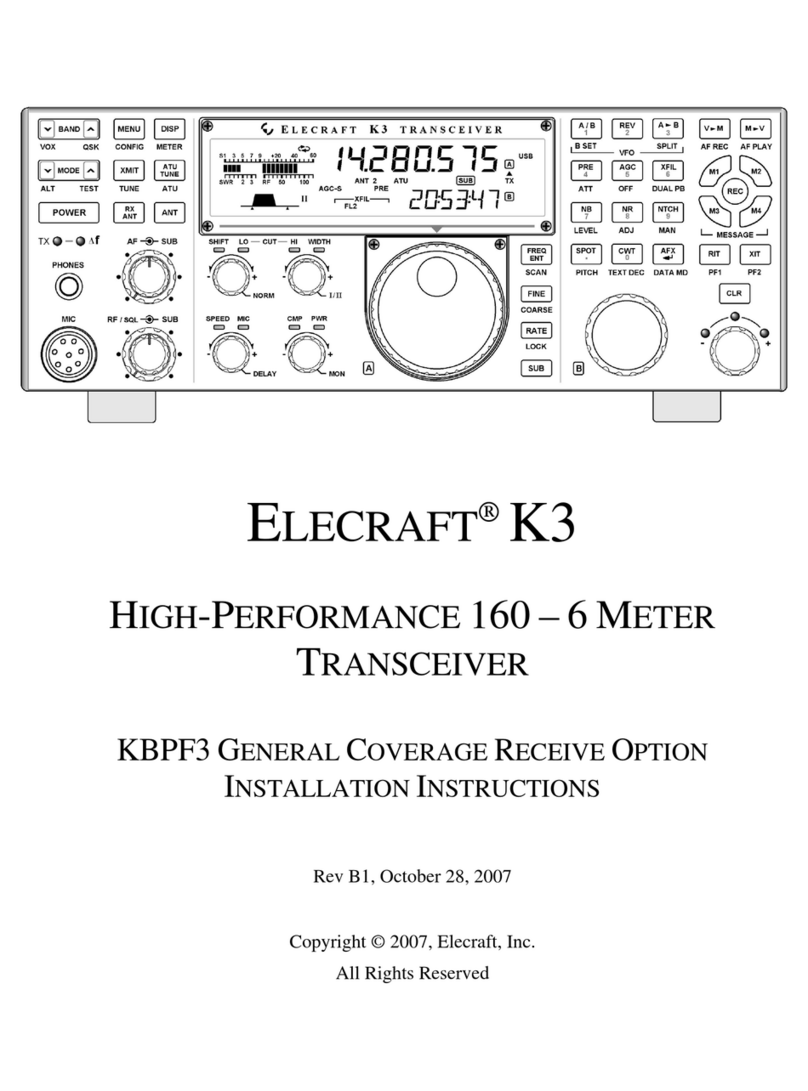
ELECRAFT
ELECRAFT K3 User manual

ELECRAFT
ELECRAFT K3 User manual
Popular Transceiver manuals by other brands

Kenwood
Kenwood ProTalk TK-3201 instruction manual

City Theatrical
City Theatrical SHoW DMX SHoW Baby user manual

Standart Horizont
Standart Horizont HX407 owner's manual

B&G
B&G V90S quick start guide

VictelGlobal
VictelGlobal ALK300 series Operation manual

Cactus
Cactus Wireless Flash Transceiver V6 user manual
